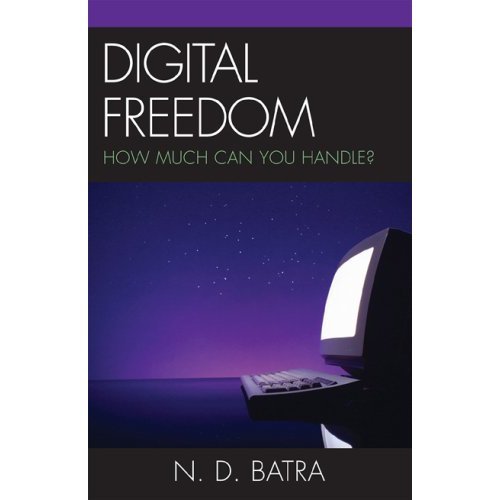From The Statesman
3 November, 2004
Outsourcing healthcare and other American problems
ND Batra
A few days ago I shocked one of my colleagues when I showed him a Washington Post story how a 53-year old man Howard Staab, suffering from a life-threatening heart problem, could not afford $200,000 for heart surgery and instead went to New Delhi’s Escort Heart Institute and Research Centre. At a meagre cost of $10,000 which also included round-trip fare, a visit to Taj Mahal and great food, Staab had his defective heart valve replaced by Escort surgeons.
Staab is one of the 150,000 foreigners who visited India last year for medical problems. Of course the uppity-nose correspondent John Lancaster of the Post could not resist his condescending remark: “Staab is one of a growing number of people known as medical tourists who are travelling to India in search of First World healthcare at a Third World prices.”Apollo Hospital’s founder Prathap Reddy was quoted saying: “If we do this, we can heal the world.” My colleague’s reaction was: Who would heal India, Mr Reddy? India might have to be satisfied with trickle-down benefits from the medical tourist industry that is projected to grow to $2.2 billion by 2012. But that is beside the point. Skyrocketing healthcare costs are making Americans desperate. State governors in defiance of the federal government are reaching out to foreign countries for cheaper prescription drugs.
If US healthcare providers and the insurance industry want to reduce healthcare costs, they might offer the American patient a choice: Go to India for surgery or pay up the bill, which might be ten times higher in the USA, and swallow up a the retirement nest egg. That presents a policy dilemma. If universal healthcare is the goal, how do you make it affordable? How much of it could be outsourced to countries like India and how much should be handled by the US healthcare industry? This year the flu vaccine shortage has made authorities think about the need for setting healthcare priorities. Should the limited healthcare opportunities be given to those who can afford it or those with the most need?
Until last year, most employers in the United States of America offered their employees free flu shots before the onset of the flu season. They did so in their own enlightened self-interest. It is more economical to keep workers healthy than let them fend themselves in the flu season and the work be disrupted due to sickness.For rest of the community, family health clinics offered flu shots at affordable rates. Since each year there are new strains of the flu virus, the vaccine has to be tailor-made, as it were. There used to be enough for everyone who wanted it. But no one ever thought what might happen if the production of flu vaccine was disrupted due to some catastrophe or even sabotage. Flu vaccine never entered into the calculus of the Homeland Security colour alert system.
Not long ago only most vulnerable people, children, senior citizens, and nursing home residents were advised to go for a flu shot. But since newer flu strains came to be associated with sources of foreign origin — China, Hong Kong, Thailand — most people thought what is good for older people must be good for younger people too. It is just like Viagra, which was initially meant for people with erectile dysfunction but later on even normal healthy people began to use it, thanks to the aggressive advertising push by the pharmaceutical company, Pfizer, and later on sby other manufacturers (Ciala, Levitra). Need was created. Market expanded.
Although widespread fear has made flu shot a universal choice, the market does not drive its demand and supply, unlike that of Viagra. In fact liability claims and low profits might have discouraged its production. Nonetheless, the supply managed to keep pace with the demand. But this year, one of the major vaccine manufacturers, Chiron, expected to provide 48 million doses against a total US demand of 100 million, had its licences suspended due to the problem of bacterial contamination in its plant in Liverpool, England.Most of the people, according to a survey reported by USA Today blamed drug companies and federal health officials. It has not become a serious political issue in the presidential campaign, though one Bush advertisement blamed trial lawyers associated with his Democratic opponent Kerry’s running mate, John Edwards.
But the shortage has created a national scare and an ethical dilemma for the medical profession. Although all healthy people have been excluded from receiving flu shots this year, how do you prioritise the limited supply among the vulnerable population? How do you decide who is the most vulnerable when in some cases a person needs more than one shot to get full protection. One after the other, healthcare facilities have struggled with the ethical dilemma and issued public statements limiting shots to high risk categories; for example, people suffering from asthma, diabetes, immune deficiency, children less than two-years-old and pregnant women, but not necessarily in that order.
The question is: If healthcare is everyone’s basic right, how do you ration it? The next President of the USA might find that outsourcing healthcare and buying cheaper drugs abroad may be the best solution. Another door might open for India.
http://www.thestatesman.net

No comments:
Post a Comment